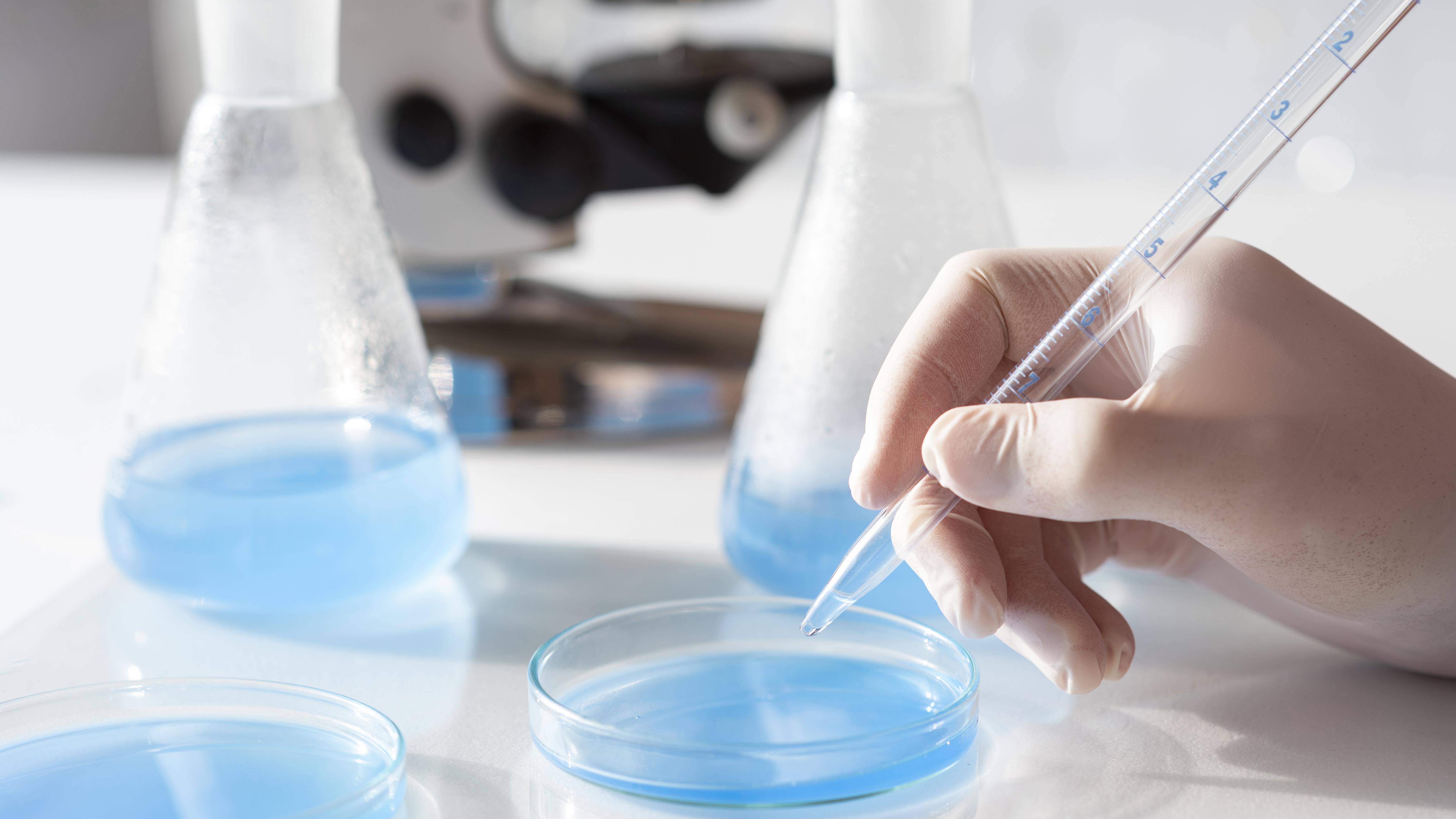In industries ranging from personal care to industrial cleaning, surfactants play a critical role in product performance. However, not all surfactants are created equal—quality variations can lead to formulation failures, inconsistent foam, or even regulatory non-compliance.
To ensure reliability, leading manufacturers rely on five key testing methods to validate surfactant performance. This article explores these essential quality control checks and why they matter.
1. Critical Micelle Concentration (CMC) Measurement
What it tests: The minimum concentration at which surfactants form micelles.
Why it matters:
Determines surfactant efficiency (lower CMC = better cost performance)
Impacts solubility, foaming, and emulsification properties
Common methods:Conductivity measurements
Surface tension analysis (using a tensiometer)
Fluorescence probing
2. Foam Stability & Height Testing (Ross-Miles Method)
What it tests: Foam generation and collapse behavior under controlled conditions.
Why it matters:
Essential for applications like detergents, shampoos, and firefighting foams
Ensures consistent performance in end products
How it works:
A surfactant solution is poured from a fixed height into a column.
Initial foam height is recorded, followed by measurements over time.
Standards: ASTM D1173, ISO 696
3. Interfacial Tension Analysis
What it tests: The surfactant’s ability to reduce surface tension at liquid/liquid or liquid/gas interfaces.
Why it matters:
Predicts wetting, spreading, and emulsification efficiency
Critical for oil recovery, agrochemicals, and coatings
Tools used:Du Noüy ring tensiometer
Wilhelmy plate method
Pendant drop analysis
4. Emulsion Stability Testing
What it tests: How well a surfactant stabilizes oil-water mixtures.
Why it matters:
Determines shelf life in products like lotions, paints, and pesticides
Identifies phase separation risks
Methods:Centrifugation (accelerated stability testing)
Visual monitoring over time
Turbidity measurements
5. Biodegradability & Ecotoxicity Testing
What it tests: Environmental safety and breakdown behavior.
Why it matters:
Compliance with regulations (OECD 301, EU Ecolabel)
Avoids ecological harm from persistent surfactants
Key assessments:Ready biodegradability (OECD 301B) – Measures degradation in 28 days
Aquatic toxicity testing – Evaluates impact on fish, algae, and daphnia
Why Rigorous Testing Matters
Surfactant quality directly impacts product performance, safety, and regulatory compliance. By implementing these five essential tests, manufacturers can:
✔ Ensure batch-to-batch consistency
✔ Optimize formulations for cost and efficiency
✔ Meet global environmental standards


